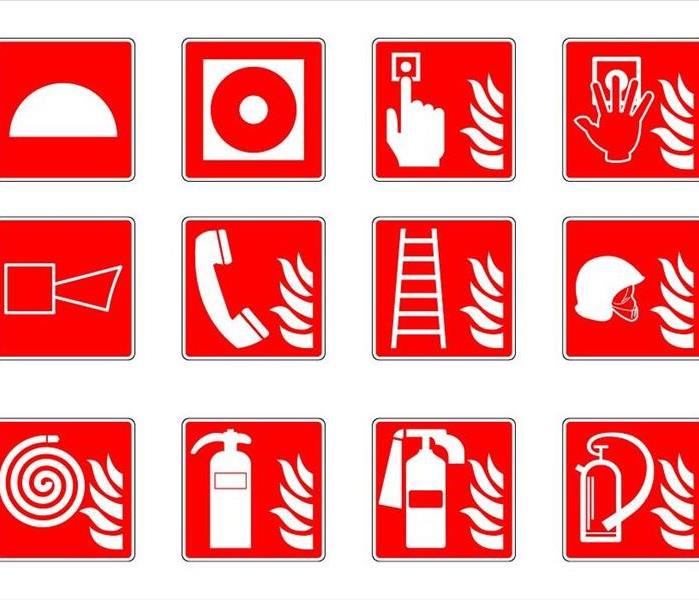7 Home Fire Safety Tips
10/17/2019 (Permalink)
A fire safety plan can save your life and can aid in saving you unnecessary costs. Fire emergency planning is essential. According to the National Fire Protection Association, an “estimated $23 billion in property damage occurred as a result of fire in 2017, a large increase, as this number includes a $10 billion loss in wildfires in Northern California”. Be prepared and practice these fire safety methods before an emergency occurs in your home.
7 Fire Safety Tips for the Home
- Install the correct number of fire alarms for your home. Test each fire alarm at least twice a year and replace batteries at least once a year.
The National Fire Alarm Code (NFPA 72) requires that newer homes have hard-wired interconnected alarms with a battery backup on each level of the home and in each hallway. Wire your alarms together. Wiring your alarms together allows for the alarms to all sound at the same time once one goes off.
The same metrics should be followed in older homes, install fire alarms at every level of the home and in all sleeping areas. Connecting fire alarms is ideal in older homes, just as expected in newer home models. If you are asleep and dangerous gases are in the air, you wouldn’t be aware unless you heard the fire alarm. Having alarms nearby allows you to act fast. The quicker you can respond, the better for you and your home’s safety.
- Children need to know the sound of a fire alarm. When an alarm goes off, children need to understand what steps to take to exit the home.
- Keep fire extinguishers in the home. Replace them when they expire
- Define escape routes in case of a fire. Have two plans of escape just in case the fire blocks the original planned route. Each family member in the home should understand where to meet outside of the home once they make it out and then what the steps are to take to get fire emergency services.
- Practice planned fire escape routes at least twice a year. It is as easy as pressing the smoke alarm button to test it and practicing escape routes dependent upon where household members are at in the home at the time of testing.
- Make sure children can call 9-1-1.
- Teach residents in the home how ‘STOP, DROP, and ROLL’ in case clothing catches fire.
These fire safety tips can help save lives and help save on costly repairs to your home. The quicker you can get out and the quicker you can call 9-1-1 for fire rescue is imperative.




 24/7 Emergency Service
24/7 Emergency Service
